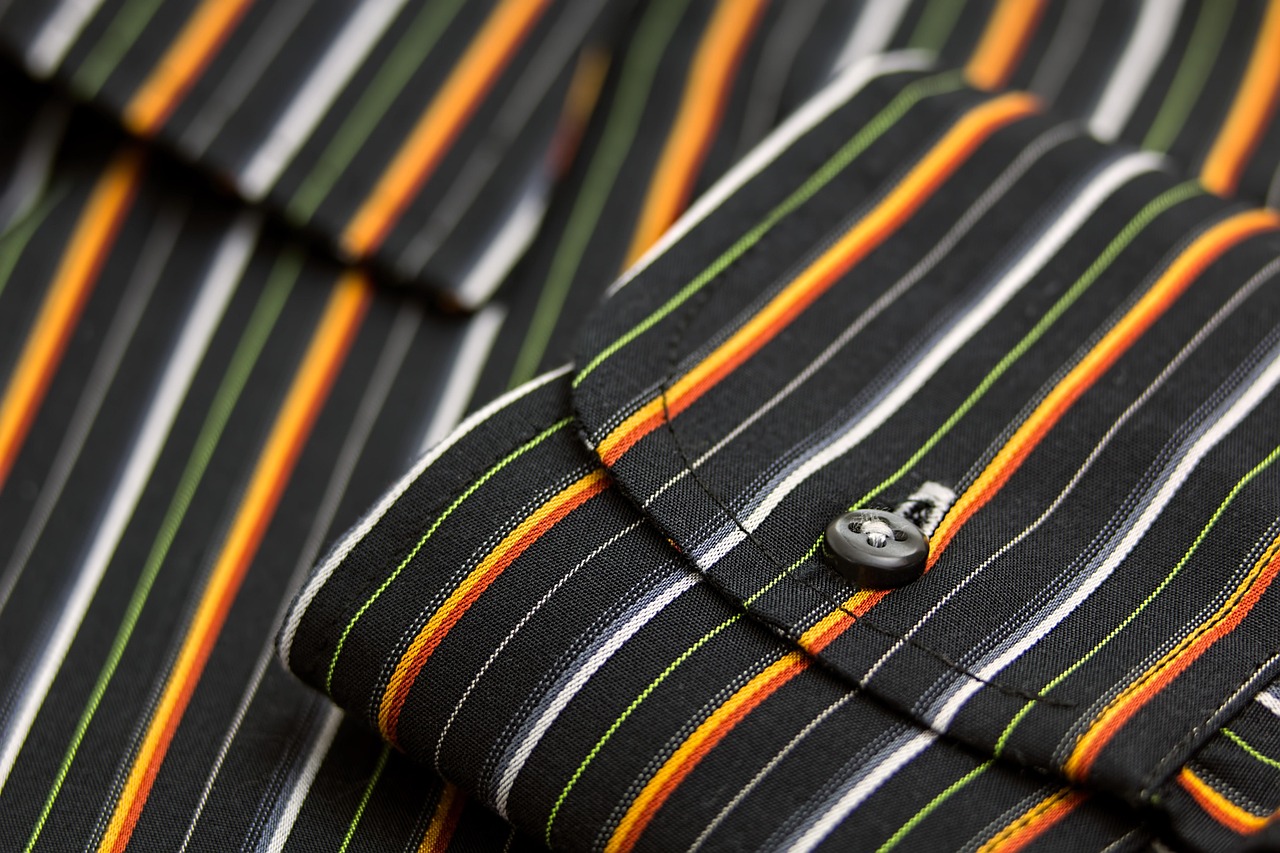Introduction to Textile Dyeing and Printing
In textile manufacturing, dyeing and printing are two primary methods used to apply color to fabrics. While often confused, they serve different purposes and use different techniques. Whether you’re a student looking for textile dyeing and printing notes, or a manufacturer exploring surface coloration methods, understanding the difference between dyeing and printing is essential.
What is Dyeing?
Dyeing is the process of applying color to the entire fabric, yarn, or fiber. This coloring penetrates the material evenly, giving a uniform shade throughout. The dye molecules chemically bond with the fabric, especially in natural fibers like cotton, wool, or silk.
Example of Dyeing
A plain blue cotton T-shirt is a typical result of fabric dyeing, where the entire shirt is uniformly colored.
What is Printing?
Printing refers to applying color in specific patterns or designs on the fabric’s surface. Unlike dyeing, printing is localized. It may involve multiple colors and complex designs, usually applied after the fabric has been dyed or bleached.
Example of Printing
A floral saree with red, green, and yellow patterns on a white background showcases the printing technique.
Key Difference Between Dyeing and Printing on Fabric
| Feature | Dyeing | Printing |
|---|---|---|
| Area Covered | Entire fabric | Localized areas |
| Purpose | Solid/monochrome color | Designs/patterns |
| Depth of Color | Penetrates fabric | Surface-level color |
| Stages | Fiber, yarn, or fabric stage | Usually fabric stage |
| Complexity | Simple | More complex |
| Examples | Plain-dyed bedsheet | Printed bedsheet with floral design |
Difference Between Dyeing and Printing with Examples
Consider two bed linens:
Dyeing: A single-color bedsheet dyed completely in navy blue.
Printing: A cream bedsheet with blue and yellow floral motifs printed on it.
This illustrates how dyeing changes the base color, whereas printing adds surface design.
Download Resources: Notes, PPT & PDF
If you’re looking for learning aids on the difference between dyeing and printing, here are useful resources:
Difference between dyeing and printing PPT – Visual comparison for students.
Difference between dyeing and printing PDF – Downloadable note for offline study.
Difference Between Dyeing and Printing: Wikipedia Insights
According to Wikipedia, dyeing is defined as the application of dyes to textiles in aqueous solution, while printing is applying a paste with dyes or pigments to fabric surfaces in defined patterns. Both serve distinct roles in fabric finishing.
Difference Between Dyeing and Printing in Hindi
डाईंग और प्रिंटिंग में अंतर:
डाईंग में पूरे वस्त्र को एक समान रंग में रंगा जाता है, जबकि प्रिंटिंग में केवल विशिष्ट डिज़ाइन या पैटर्न सतह पर लगाए जाते हैं। डाईंग स्थायी और गहरा रंग देती है, जबकि प्रिंटिंग सौंदर्य बढ़ाने के लिए की जाती है।
Applications of Dyeing and Printing in the Textile Industry
Apparel Manufacturing: Solid-colored T-shirts (dyed), graphic tees (printed).
Home Textiles: Dyed curtains vs. printed bedsheets.
Fashion & Design: Batik printing, tie-dye, block printing, reactive dyeing.
FAQ: Dyeing vs. Printing in Textiles
1. What is the difference between dyeing and printing?
Dyeing colors the entire fabric evenly, while printing applies color to specific areas to create patterns. Dyeing is used for uniform color; printing is used for decorative purposes. Dyeing usually penetrates deeply, whereas printing stays mostly on the surface.
2. What is the difference between dyeing and printing on Wikipedia?
Wikipedia describes dyeing as immersion of fabric in dye baths, resulting in uniform coloration. Printing, by contrast, involves applying colorants in patterns using screens or rollers. Dyeing is a saturation process; printing is a surface application with design focus.
3. How is dying different from printing?
Dyeing is a uniform coloration technique that saturates fabric completely. Printing, however, is design-based and applies color only to selected sections. Printing uses pastes and may involve complex designs, while dyeing is more straightforward with a single shade.
4. What is textile dyeing and printing?
Textile dyeing and printing are coloration processes in fabric manufacturing. Dyeing adds color to the whole material, whereas printing adds decorative designs. Both enhance the fabric’s aesthetics and usability across fashion, home décor, and industrial applications.
Conclusion
Understanding the difference between dyeing and printing on fabric is crucial for textile professionals, designers, and students. Whether you’re exploring these techniques through notes, Wikipedia, or looking for PPT and PDF downloads, always remember: dyeing is for base color; printing is for pattern.
For more insights into textile dyeing and printing, keep exploring educational blogs and industry case studies.

